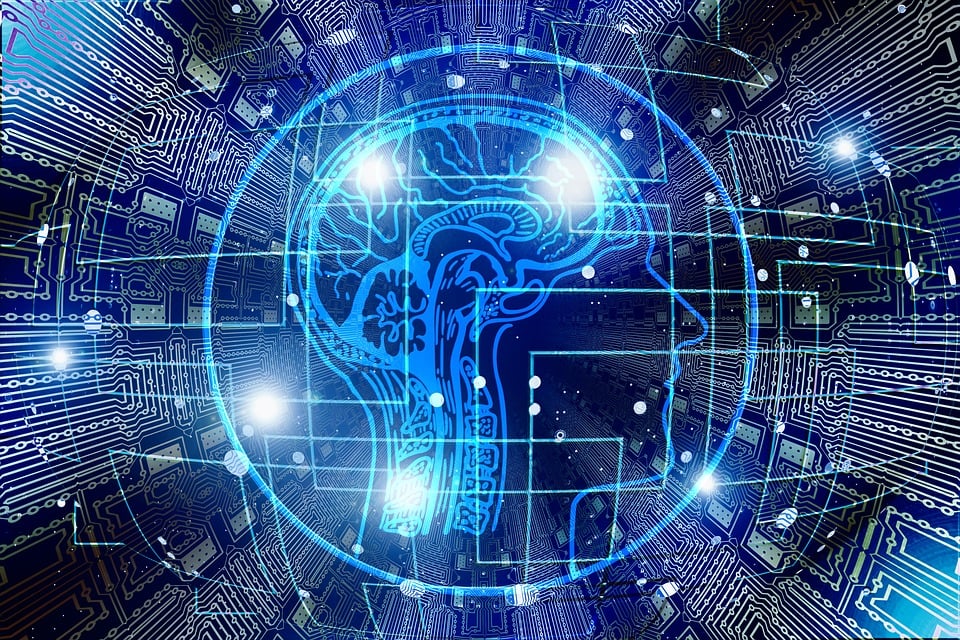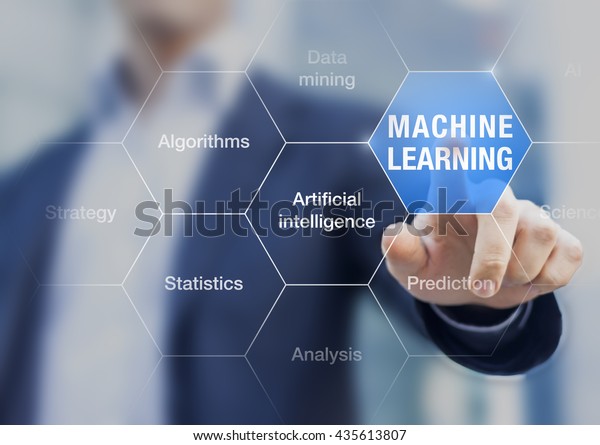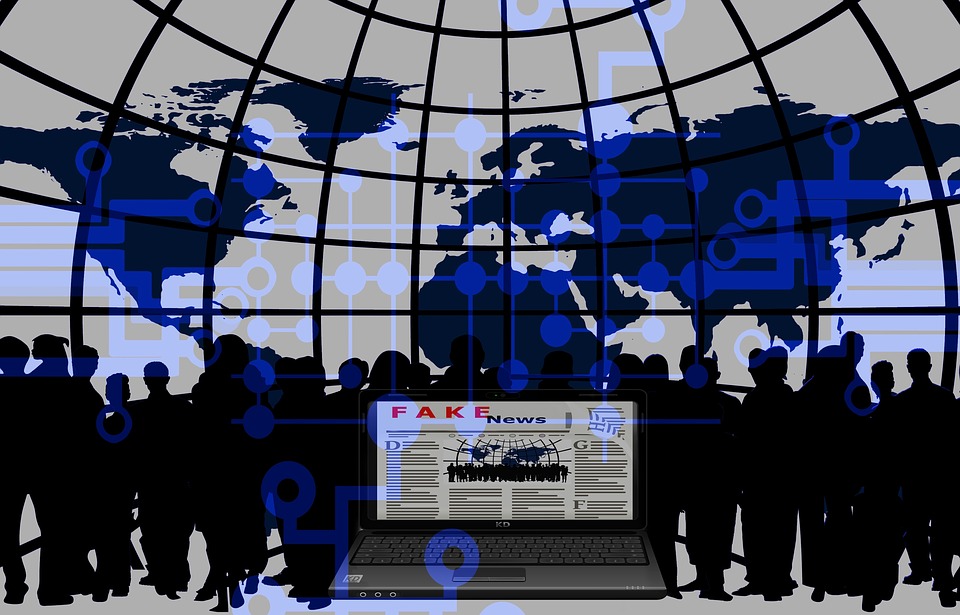---
title: L'enseignement des SHS est-il soluble dans les Humanités numériques ? Et inversément.
tags: histoire, humanités numériques, humanités digitales, ludification, algorithmes, Big Data, pensée computationnelle, enseignement,
description: Voir les dias avec le "Slide Mode".
---
# L'enseignement des SHS est-il soluble dans les Humanités numérique ? Et inversément.
> ### Lyonel Kaufmann - Professeur HEP associé - HEP Vaud (Suisse).
> 2ème journée romande des didactiques SHS. Penser les SHS pour la "génération Z"... et au delà ? HEPVS, Saint-Maurice, le 5 septembre 2019. Le programme : http://www.hepvs.ch/2eme-journee-romande-des-didactiques-shs
---

Crédit image : [Pixabay](https://pixabay.com/illustrations/artificial-intelligence-brain-think-3382507/). Free for commercial use. No attribution required
---
<!-- Put the link to this slide here so people can follow -->
 présentation : https://frama.link/PenserSHS
---
## Plan de la présentation
1. Pourquoi enseigner les SHS (quand elles sont déjà sur votre portable) ?
2. La didactique de l'enquête en SHS (PER)
3. Les technologies à l'école : continuité sans ruptures ?
4. L'ère des Big Data et les Humanités numériques
5. Machine Learning ou l'appétit de géant des algorithmes
6. Un cadre conceptuel : sociologie du numérique
7. Démarches d'enquête prospectives et analytiques
8. Anciens territoires, nouvelles questions ? Et inversément
9. Des *"sciences molles"* résistant aux lieux communs
10. Bibliographie
---
## 1. Pourquoi enseigner les SHS (quand elles sont déjà sur votre portable) ?

---
>### Enseigner aux élèves à séparer les faits de la fiction en lisant des récits purifiés d'ambiguïté s'apparente à préparer un nageur qui ne s'aventure jamais à l'extérieur d'une pataugoire pour naviguer dans les torrents d'une mer en furie.
Wineburg (2018 : 6). Traduction Deepl. Crédit image : [Pixabay](https://pixabay.com/photos/mobile-phone-smartphone-3d-1875813/) License. Free for commercial use . No attribution required
---
## 2. La didactique de l'enquête en SHS (PER)

Photo de Daniel Cheung sur [Unsplash](https://unsplash.com/photos/ZqqlOZyGG7g)
---
## 3. Les technologies à l'école : continuité sans ruptures ?

---
## 4. L'ère des Big Data et les Humanités numériques

> *«The Time Machine Project joins Europe’s rich past with the future of digital breakthroughs, creating a living resource that allows you to travel not only through space, but through time».*
---
---
### Le goût de l'archive à l'ère numérique
<iframe frameborder="0" width="480" height="270" src="https://www.dailymotion.com/embed/video/x4kmvo6" allowfullscreen allow="autoplay"></iframe>
> «Si prendre des photographies d'archives transforme la relation aux sources, les retravailler sur son ordinateur, parfois en utilisant les possibilités collaboratives du réseau, leur adjoindre des métadonnées, permet aux historiens d'instaurer une nouvelle relation à l'archive – différente, mais non moins intime. Collecter des millions de tweets pour comprendre certains enjeux mémoriels, par exemple autour du Centenaire de la Grande Guerre, nous éloigne, par la masse, de la source, mais nous en rapproche aussi par le travail sur ce qu'on appelle désormais des «données».»
Source : Clavert, F. & Muller, C. (2019)
---
### Georges Washington dans votre cuisine

> *Not that long ago, if you wanted to examine George Washington’s letters, you’d have to fly to Washington, DC, and curry favor with the Library of Congress archivist. Today, sitting at the kitchen table, twelve-year-olds can be inside the Washington papers in a few clicks.*
Source : Wineburg (2018 : 6). Crédit image : [George Washington Papers | Library of Congress](https://www.loc.gov/collections/george-washington-papers/).
---
## 5. Machine Learning ou l'appétit de géant des algorithmes

---
### Quand la pensée historienne peut se rapprocher de la notion d'algorithme…

Bruner, C. (2012) . The Inquiry Process. Retrouvé depuis [The YouthLearn Initative](http://youthlearn.org/wp-content/uploads/Inquiry_Based_Learning.pdf) at EDC, created by the Morino Institute.
---
## 6. Un cadre conceptuel : sociologie du numérique

Photo de Luo Lei sur [Unsplash](https://unsplash.com/photos/HbNCZ0k-txA)
---
## 7. Démarches d'enquête prospectives et analytiques

Photo de Samuel Zeller sur [Unsplash](https://unsplash.com/collections/8229939/technology-inquiry)
---
## 8. Anciens territoires, nouvelles questions ? Et inversément
### Information | Désinformation

Crédit image : [Pixabay](https://pixabay.com/illustrations/fake-fake-news-media-laptop-1903823/) License. Free for commercial use . No attribution required
---
### Histoire d'Internet comme dispositif socio-techniques & techno-discours

Crédit image : [Pixabay](https://pixabay.com/photos/trace-board-technology-science-3157431/) License. Free for commercial use . No attribution required)
---
### Identité & citoyenneté

Crédit image : [Pixabay](https://pixabay.com/photos/code-hacker-data-security-707069/) License. Free for commercial use . No attribution required)
---
## 9. Des *"sciences molles"* résistant aux lieux communs

Crédit image : [Pixabay](https://pixabay.com/photos/people-woman-rally-protest-unite-2575608/) License. Free for commercial use . No attribution required
---
### Merci de votre attention ! :sheep:
 présentation : https://frama.link/PenserSHS
---
## 10. Bibliographie
Abbate, J. (2000) *Inventing the Internet*. Cambridge (MA): MIT Press.
Abbate, J. (2012). *Recoding gender. Women's Changing Participation in Computing*. Cambridge: MIT Press.
Auray, N. (2017). *L'Alerte ou l'enquête : Une sociologie pragmatique du numérique. Nouvelle édition [en ligne]*. Paris : Presses des Mines, 2017 (généré le 06 septembre 2017). Disponible sur Internet : <http://books.openedition.org/pressesmines/3657>.
Bachimont, B. (2008). Formal Signs and Numerical Computation : Between Intuitionism and Formalism. Critique of Computational Reason », in Schramm H., Schwarte, L & Lazardig, J. (dir.), *Instruments in Art and Science : On the Architectonics of Cultural Boundaries in the 17 th Century*. Berlin: Walter de Gruyter Verlag, p. 362-382.
Beauvisage, T., Beuscart, J.-S., Couronné, T. & Mellet, K. (2011). Le succès sur Internet repose-t-il sur la contagion ? Une analyse des recherches sur la viralité », *Tracés. Revue de Sciences humaines [En ligne], 21*, mis en ligne le 01 décembre 2013, consulté le 04 septembre 2019. URL : http://journals.openedition.org/traces/5194.
Boullier, D. (2019). *Sociologie du numérique. Deuxième édition*. Paris: Armand Colin.
Boyd, D. (2014). *It's Complicated : The Social Lives of Networked Teens*. New Haven: Yale University Press.
Clavert, F. & Muller, C. (2019). Le goût de l’archive à l’ère numérique ». *La Vie des idées*, 21 juin. ISSN : 2105-3030. URL : http://www.laviedesidees.fr/Le-gout-de-l-archive-a-l-ere-numerique.html.
Cuban L. (1986). *Teachers and Machines. The Classroom Use of Technology Since 1920*. New York & Londres : Teachers College, Columbia University.
Ertzscheid, O. (2017). *L'appétit des géants : Pouvoir des algorithmes, ambitions des plateformes*. C&F éditions.
Fink, N. & Kaufmann, L. (2018). *Postures enseignantes et démarche d’enquête : quelle rencontre ?* Communication présentée à l'ISHD, Gatineau, octobre.
Goody, J. (1979). *La Raison graphique : la domestication de la pensée sauvage*. Paris: Éditions de Minuit.
Kaufmann, L. (2018, octobre). *Made in Switzerland ? La pensée historienne à l’heure du Plan d’études romand*. Communication présentée à la 20e Conférence biennale de l’ACHÉ. Thème : Cultures, communautés et défis : Perspectives sur l’histoire de l’éducation, Fredericton, Canada.
Kaufmann, L. (2019). Enseignement de l’histoire et pensée computationnelle. Premiers éléments d’une recherche exploratoire. *Sommet du numérique 2019*. Montréal, 25 avril. La présentation : https://frama.link/hpc.
Kaufmann, L. (2019). Enseigner les humanités numériques ou enseigner l’histoire à l’ère du numérique ? *Le Café pédagogique*, No 187, juillet. Lien : http://www.cafepedagogique.net/lemensuel/lenseignant/schumaines/histoire/Pages/2019/187_lachronique.aspx.
Kee, K.(2014). *Pastplay: Teaching and Learning History with Technology*. Ann Arbor: University of Michigan Press. Lien consulté le 2 septembre 2019, depuis Project MUSE database.
Kelly, T. M. (2013). *Teaching History in the Digital Age*. Ann Arbor : The University of Michigan Press.
Mackenzie, A. (2017). *Machine Learners. Archaeology of a Data Practice* Cambridge MA: The MIT Press.
*Manifeste des Digital humanities* (2010). Lien : (https://tcp.hypotheses.org/318).
Nowviskie, B. (2014). Ludic Algorithms, In Kee, K. *Pastplay: Teaching and Learning History with Technology*. Ann Arbor: University of Michigan Press, pp. 139-172. Lien consulté le 2 septembre 2019, depuis Project MUSE database.
Rykiel, P. (2017). *Historien à l'ère numérique*. Villeurbanne: Presse de l'Enssib.
Wineburg, S. (2018). *Why Learn History (When It’s Already on Your Phone)*. Chicago: University of Chicago Press.
---
## Vous pouvez me trouver
- http://lyonelkaufmann.ch/histoire
- Twitter : https://twitter.com/lyonelkaufmann
- mon email : lyonel.kaufmann[at]hepl.ch